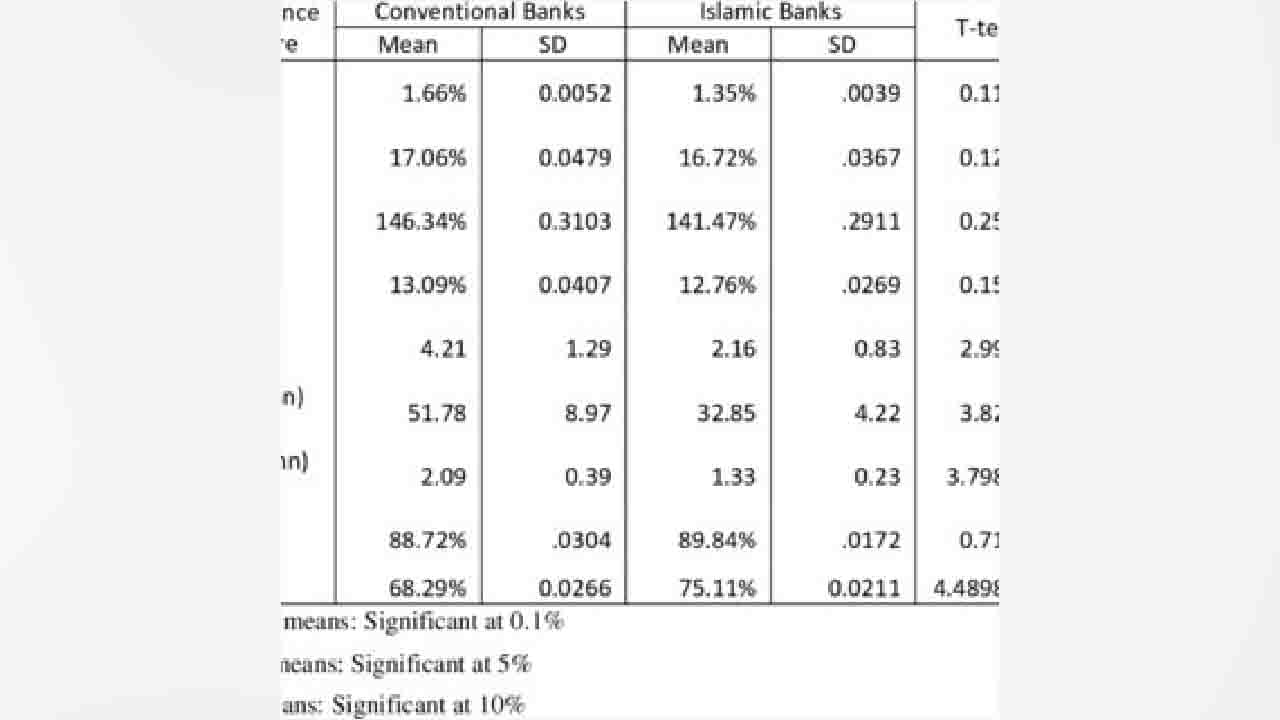According to Fitch Ratings, the Bangladeshi Islamic finance industry is likely to continue growing over the medium-term outlook due to strong consumer demand, recent branch openings, and pro-business government regulations. Numerous traditional banks are putting more of an emphasis on Islamic products, either by opening new Islamic branches or windows or by becoming fully fledged Islamic banks.
Islamic capital markets are still in their infancy, but in 2020 the government began issuing domestic sovereign sukuk, with the fourth auction taking place in April 2022. This encourages fiscal funding diversity and makes it possible for Islamic banks and takaful companies to invest their cash. Underdeveloped rules and a weak banking industry are examples of structural problems. The rise of Islamic banking has been aided by looser prudential standards, which have also encouraged regular banks to offer Muslim-made goods.
The statutory liquidity ratio ceiling for Islamic banks has been set by the regulator, Bangladesh Bank, at 5.5% as opposed to 13% for regular banks. Higher prudential constraints, such as an advance-deposit ratio of 92% as opposed to 87% for conventional banks, are also advantageous to Islamic banks. At the end of the first half of 22 we project the Bangladeshi Islamic finance sector to be worth over 58 billion USD.
Due to increased private consumption, exports of ready-made clothing, government spending, and investment, Bangladesh has favorable economic development prospects (real GDP growth 2023F: 5%), which could enhance Islamic and conventional banking performance over the medium term. The limited branch and digital banking networks in rural areas, where 61% of Bangladesh’s population lived in 2021, are among the long-standing issues facing the Islamic financial sector, as per the World Bank.
A lack of sukuk investment options, Islamic derivatives, or hedging instruments, low awareness of Islamic products, a lack of standardization, insufficient use of fintech, a lack of incentives for sukuk issuers, and a human capital pool with insufficient skills all contribute to the underdevelopment of the regulatory framework for Islamic finance.
Islamic banks can deploy and receive interbank placements from both Islamic and conventional banks, as well as invest in short-term government sukuk in the form of Bangladesh Government Islamic Investment Bonds, thanks to the existence of a portion of the Islamic liquidity-management infrastructure. With the central bank, there are no Islamic repurchase agreements or Islamic lender-of-last-resort capabilities, nevertheless. There is still room to increase the selection of Islamic liquidity-management instruments.
In general, Bangladesh’s financial industry is underdeveloped. Asset quality, capitalization, governance, and regulatory quality in the banking industry are poor, particularly for public-sector banks. Banking adoption is still quite low. According to the World Bank, 47% of Bangladesh’s adult population did not have a bank account in 2021, with 8% of adults citing religious objections. At 0.5% in 2021, the penetration of insurance and takaful was likewise relatively low. Despite being a barrier, it supports Bangladesh, which has the fourth-largest Muslim population in the world, and the strong long-term growth potential for Islamic finance.








